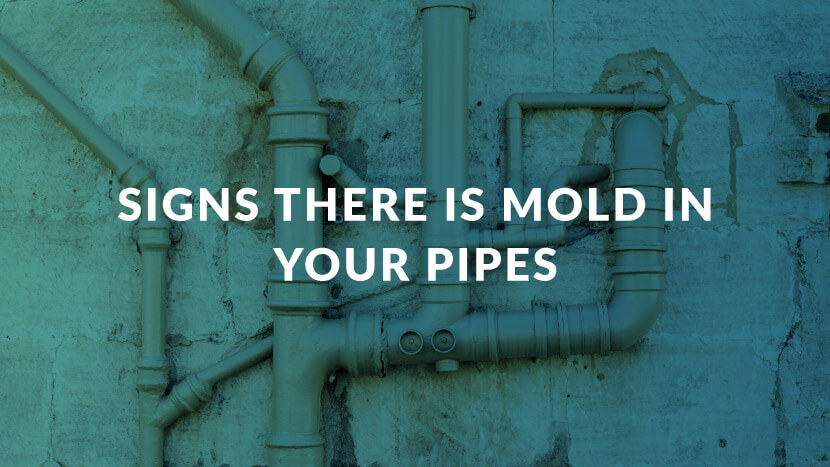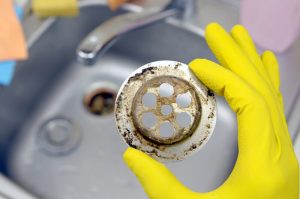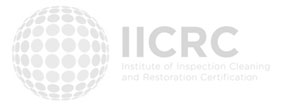
What to Do if There is Mold in Your Pipes
Mold can develop and spread just about anywhere in your home. From the walls to the ceiling and roof, and even the washing machine and dishwasher, wherever the environment is damp and dark, mold will grow and thrive. Believe it or not, mold is even in your pipes.
While it is much less common than anywhere else in your home, mold can still develop in your pipes, becoming very hazardous to your health. While breathing in mold spores is dangerous, consuming moldy water from your pipes presents more immediate problems. Don’t worry – as long as you know the signs of mold in your pipes, you can identify the problem and correct it quickly to keep you and your family safe and healthy.
If you suspect you have mold in your pipes, contact a reliable mold removal and abatement company, like CLEAR Restoration, to take care of the problem immediately and protect your health and safety.
How Does Mold Grow in My Pipes?
While your water pipes don’t normally have adequate oxygen or food sources, mold can still grow in your pipes due to their moist and dark environment. Mold can even thrive in some water systems with high oxygen levels and a food source, such as dead skin cells, hair, and bits of food. Make sure to periodically check for mold in your pipes in the bathtub and shower drains, the kitchen sink, and the bathroom sink.
There is a higher risk of mold in your pipes if your water source comes from a well. A damaged well cap or a well that isn’t sealed correctly presents an increased risk of mold in your pipes. Remember that mold can contaminate your water supply pipes and other water distribution systems you might use.
As soon as you suspect mold in your pipes, call a mold removal and abatement company that offers 24/7 emergency services to remedy the issue immediately.
How to Identify Mold in Your Pipes
While identifying mold in your pipes can be tricky, since it is difficult to look down your bathroom or kitchen drains without a drain camera, there are a few tells. The most significant indicator of mold in your pipes is a musty odor. If you smell an odor when you are near your sink drains, there is a good chance mold is in your pipes.
Another sign of mold in your pipes is buildup near your shower or toilet. If you notice buildup on the sides of your shower, or you see a dirt-like substance at the bottom or sides of your toilet, then there might be mold in your pipes. If there is mold in your pipes, it will start to grow in other locations around your home.
The Dangers of Consuming Mold-Contaminated Water
The typical symptoms of mold exposure, such as nasal stuffiness, throat irritation, coughing, headaches, wheezing, and skin and eye irritation, are all common when dealing with mold in your pipes. But breathing in mold spores and consuming moldy water are two very different problems.
Mold contains very harmful bacteria, chemicals, and gasses, which is why it is dangerous to have mold in your pipes. Ingesting moldy water is likely to cause bronchitis and other respiratory infections in those who consume it. Symptoms worsen when exposed to toxic mold, otherwise known as black mold. Along with the usual symptoms of mold exposure, black mold can also cause mental impairment, long-term brain damage, and even infertility.
If you believe you have consumed moldy water from your pipes, seek medical attention immediately. Also, call a professional mold removal and abatement company to remove mold from your pipes.
[Related: Causes and Prevention of Black Mold]
Preventing Mold in Your Pipes
It can be challenging to diagnose mold in your pipes, but you can reduce the risk of mold exposure with regular drain and pipe cleaning, and maintenance. Keeping mold in your pipes under control requires a couple of household items, such as bleach, baking soda, and vinegar.
To prevent mold in your pipes, follow these steps:
- Pour half a cup of bleach down the suspect drain and let it sit for one hour.
- Boil two cups of water and pour it down the drain. Then, flush it out by running your hot water tap for several minutes.
- Next, pour a quarter-cup of baking soda down the drain, then pour a cup of vinegar into the drain. Let it sit for about 15 minutes.
- Finally, boil two more cups of water and pour it down the drain. Run the hot water tap for several minutes.
It is recommended to do this at least once a month to prevent mold in your pipes. This method can also help keep mold in your pipes from spreading to other areas in your home.
[Related: Vinegar and Baking Soda: The Household Remedy for Small Mold Outbreaks]
Call the Experts at CLEAR Restoration to Remove Mold in Your Pipes
If you believe mold is in your pipes, call CLEAR Restoration. We understand the dangers of mold exposure and consuming moldy water better than anyone, which is why we offer 24/7 emergency services to inspect and remove mold from your pipes as soon as possible.
While our prevention method works, if mold is already growing in your pipes or is spreading to other areas of your home, you need trained experts to remove mold safely and with care. Don’t let mold in your pipes put your health at risk. Contact the professionals at CLEAR Restoration today at 225-245-3575 for mold removal and abatement services.



